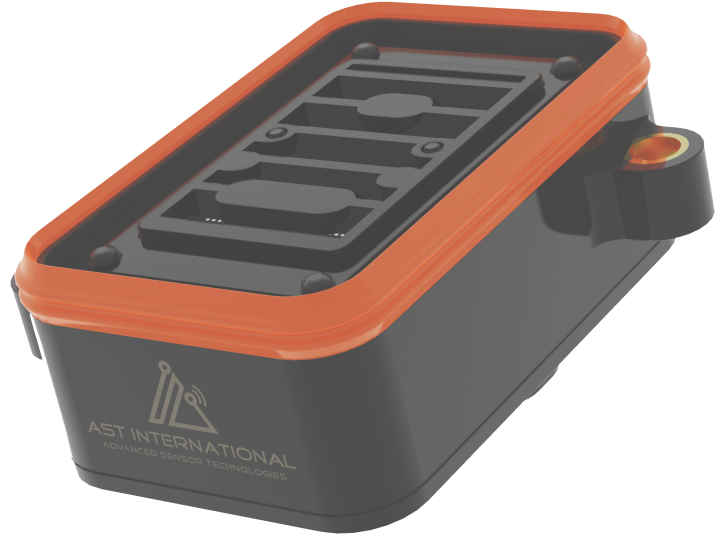Energy-Infrastructure
Especially in today's world, the provision of energy is becoming more and more important. What used to be “fuel” in the form of petrol or diesel is now being expanded to electricity and other energy carriers (e.g. hydrogen). This constantly challenges the infrastructure and is calling for technological solutions that meet the new requirements.
The sensor solutions from AST play an important role here. Our hydrogen leakage sensor system is an important safety feature in hydrogen filling stations, as it can detect even the smallest concentrations of the highly flammable hydrogen gas in the ambient air and indicate possible defects.
AST also ensures safety and transparency with its calibration law-compliant energy meter in the area of the fast charging infrastructure. Our meters not only meet the legal requirements, but above all protect the consumer from manipulation and incorrect billing. In addition, our high-current sensors are already designed for future requirements in the field of megawatt charging, making our customers fit for the future.
DC METER (compliant with calibration law)

Based on the AST owned 3D-Hall ASIC technology the challenging task for a continuous measurement of 1.000A and 1.000V is ensured. This high measuring range qualifies our DC Meter especially for the use in fast and ultra charging stations as well as Megawatt chargers for buses and trucks.
The AST DC Meter is compliant with the German Eichrecht (MessEG and MessEV) and MID approved. Even with a permanent load of 1.000A and 1.000V the AST DC Meter meets the required measurement accuracy of class 1 regulated in the IEC 62053-41:2021.
In order to take future trends in the charging infrastructure into account at an early stage, the DC Meter is already designed for bi-directional charging processes.
The DC Meter is available in two design variants – as a compact measuring unit with integrated display or as a version with a remote display and greater flexibility in complex installation situations.
Capteur de fuite de H₂

Les véhicules avec propulsion à hydrogène requièrent un concept de sécurité sophistiqué. La détection d'une fuite dans l’alimentation en hydrogène est notamment essentielle pour garantir un fonctionnement sûr avec le fluide critique qu’est l’hydrogène. Le capteur de fuite de H2 repose sur le procédé TCS très robuste et fiable et est par conséquent prédestiné à cette tâche. Il présente notamment une faible sensibilité transversale pour d’autres gaz et une grande stabilité à long terme.
Capteur de qualité de l’air

Les capteurs de qualité de l’air mesurent en permanence l’intensité, le degré de pollution et le nombre de molécules odorantes dans l’air évacué. C'est sur cette base que la puissance du ventilateur est adaptée pour générer un climat ambiant frais et agréable.
Mesurant en permanence la qualité de l’air, nos capteurs prédisent le moment où le filtre sera à changer ou le moment où devra avoir lieu la prochaine opération de maintenance.